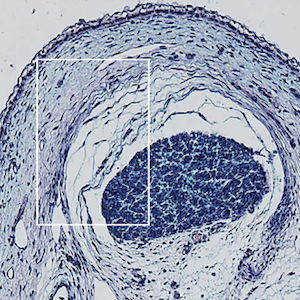Baricitinib in polymyalgia rheumatica and giant cell arteritis: report of six cases

All claims expressed in this article are solely those of the authors and do not necessarily represent those of their affiliated organizations, or those of the publisher, the editors and the reviewers. Any product that may be evaluated in this article or claim that may be made by its manufacturer is not guaranteed or endorsed by the publisher.
Authors
The objective of this case series is to describe the efficacy and safety of baricitinib (BARI) in a group of patients with polymyalgia rheumatica (PMR) and/or giant cell arteritis (GCA). These patients were treated with BARI due to either a refractory disease course or the unavailability of tocilizumab because of the pandemic. A total of six patients (five females and one male, median age 64 years, range 50-83) were treated with BARI. Two of them had isolated PMR, two had PMR with associated large vessel (LV)-GCA, one had LV-GCA presenting as fever of unknown origin, and one had cranial-GCA. All patients reported improvement with BARI. At the time of starting BARI, patients were taking a median prednisone dose of 8.75 mg/day (range 0-25), and the four patients with PMR had a median PMR-activity score of 23.3 (indicating high disease activity), which decreased to 1.58 after 6 months of treatment with BARI. Two of them could stop glucocorticoids (GC) and continue BARI monotherapy. One patient suffered from pneumonia, and BARI was therefore stopped. No other adverse events attributable to BARI were detected. Our case series supports previous reports suggesting the efficacy of Janus kinase inhibitors as a GC-sparing strategy in PMR and GCA.

This work is licensed under a Creative Commons Attribution-NonCommercial 4.0 International License.
PAGEPress has chosen to apply the Creative Commons Attribution NonCommercial 4.0 International License (CC BY-NC 4.0) to all manuscripts to be published.










